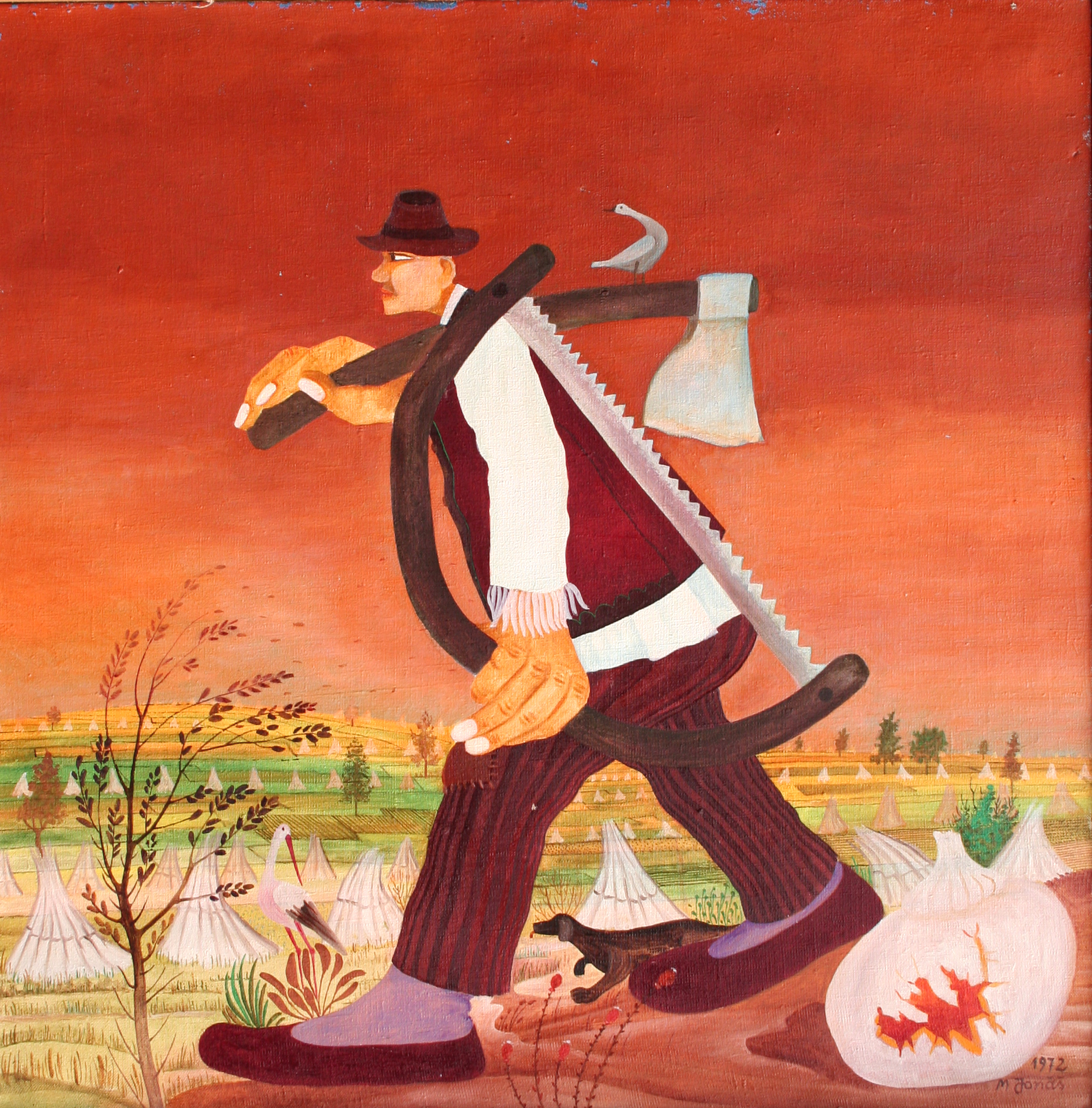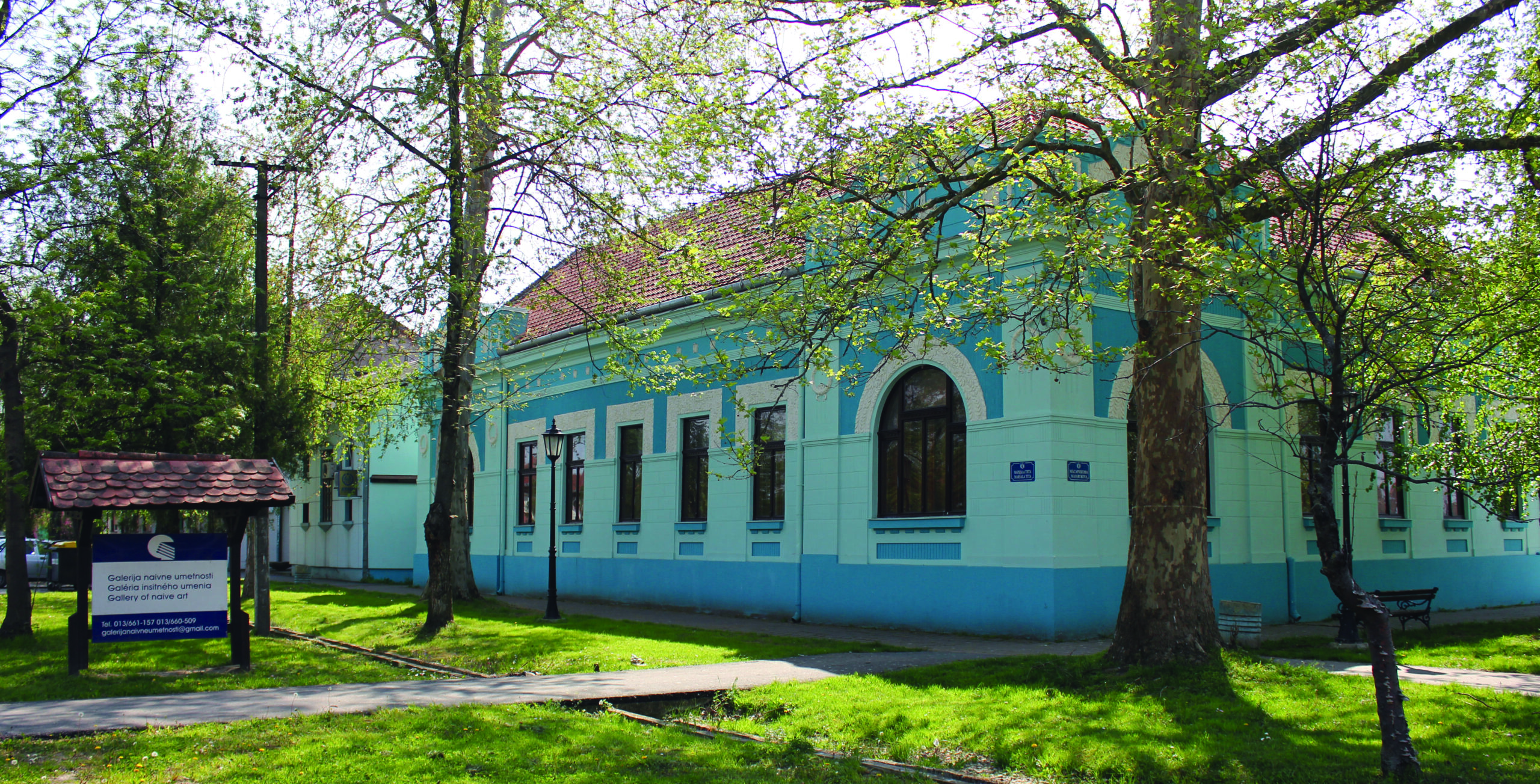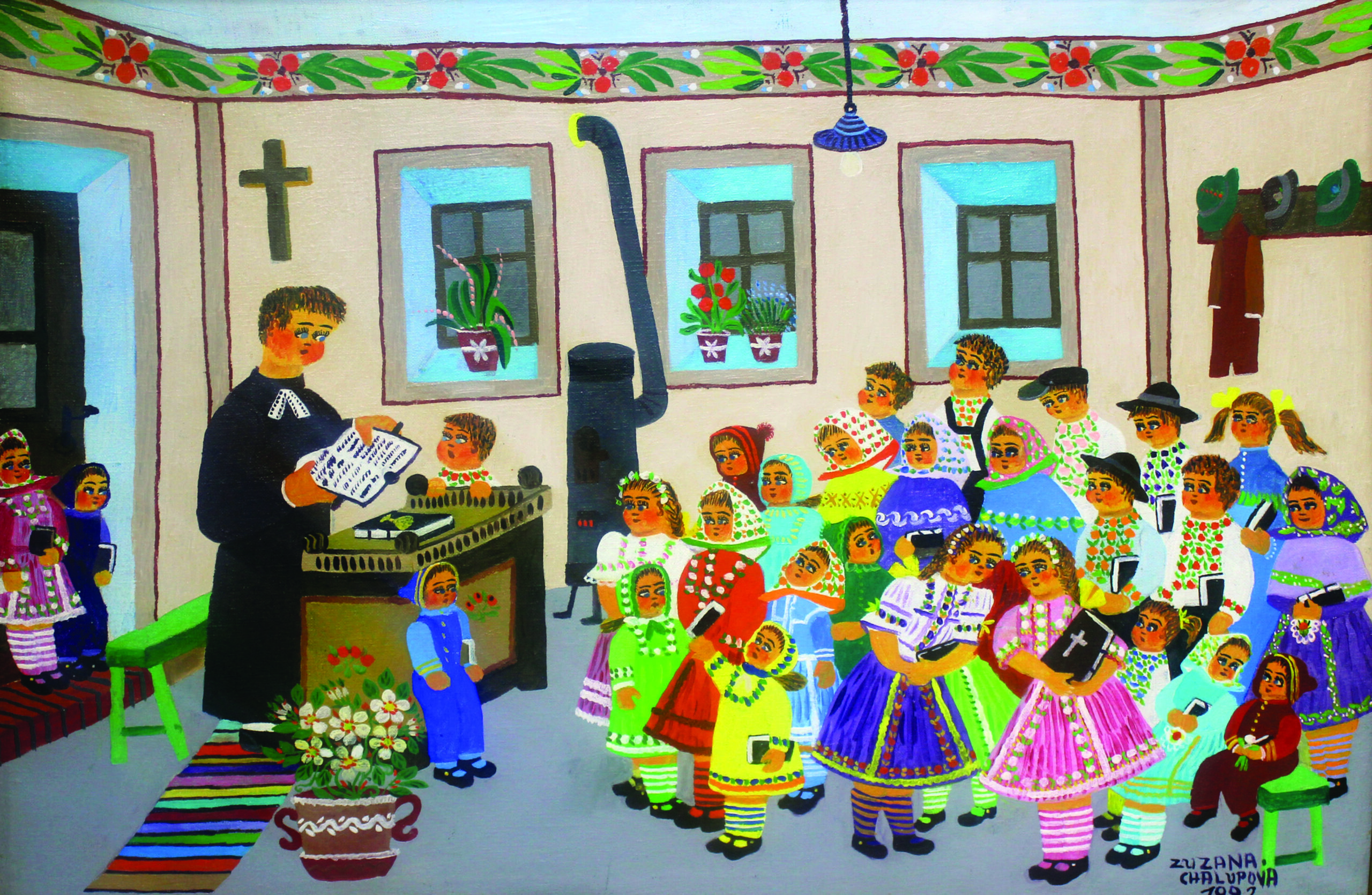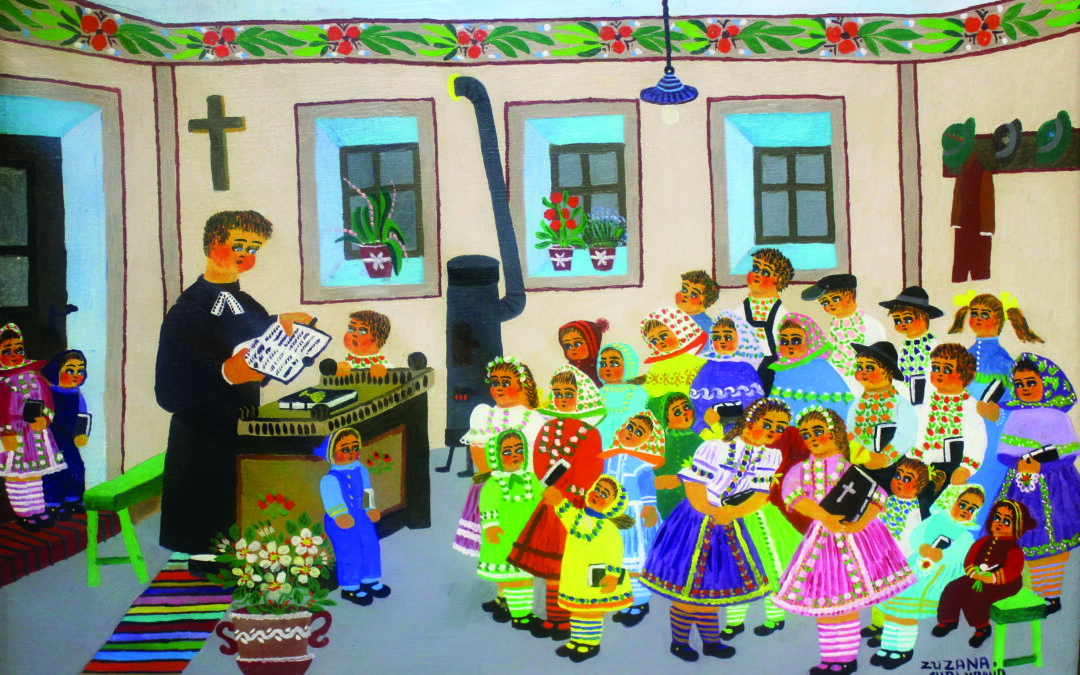OUR BLOG
Cultural Diplomacy: Naive art of Kovačica
Naive art of Kovačica is an authentic artistic expression of the self-taught painters from this town. Over time, it has evolved into a global painting phenomenon and one of Serbia’s most prominent artistic brands. Interest in naïve art has not waned for decades; it continues to attract new admirers and is particularly appealing to foreign visitors to our country.

Martin Jonaš, Photo: Gallery of naive art
When the first exhibition of naive art was organized in the Banat village of Kovačica in 1939, local residents Jan Sokol and Martin Paluška could hardly have imagined that their naïve painting would one day bring global recognition to this quiet Vojvodinian town. It was difficult to foresee that world-renowned actors, musicians, ambassadors, and politicians would eventually travel to their fields to admire vivid, color-saturated depictions of rural life. The self-taught painters had no idea that Kovačica’s naive art would one day come close to being inscribed on UNESCO’s list of intangible cultural heritage, thereby receiving international recognition and protection.
Bright colors, constant movement, and dynamic, often monumental scenes of village life drew the attention of art lovers from around the world to these untrained, yet endlessly creative, inspired, and talented artists from the Banat plains. Over time, Kovačica’s naive art became a global artistic phenomenon and one of Serbia’s most recognizable cultural brands. Interest in this unique art form has not waned for decades; it continues to win over new admirers, especially among foreign visitors to our country.

Martin Paluška, Photo: Gallery of naive art
The Gallery of Naïve Art, one of the most visited exhibition institutions in Serbia, has for decades been dedicated to preserving and promoting an authentic artistic movement. Since 2017, it has proudly held the Order of the Karađorđe’s Star, First Class, awarded for exceptional merit in representing Serbia and its people, as well as for outstanding artistic achievements.

The Museum of Naive Art in Kovačica
The Gallery was founded back in 1955 and was the first rural art gallery in the entire former Yugoslavia,” explains director Ana Žolnaj Barca.
It wasn’t long before other painters joined in, and to this day, no one has been able to explain the phenomenon—how a small town like Kovačica, with a population of just around 6,400, became home to so many talented artists. Art critics have attempted to interpret this through nostalgia for the homeland—Slovakia—but, as the director points out, the fact remains that these artists were born in Kovačica, which is their only homeland and source of inspiration. It is also noteworthy that Slovaks in other regions, including Slovakia itself, do not share this tradition of naïve painting.
When they first began, Jan Sokol and Martin Paluška had no knowledge of academic painting principles, just like those who would later join them and gain recognition: Michal Bireš, Vladimír Boboš, Martin Jonáš, and Jan Kňazovic. However, the most prominent artists who truly brought international acclaim to Kovačica were Martin Jonáš and Zuzana Chalupová, better known as Mama Zuzana.
In addition to numerous tourists from all over the world, Kovačica’s rich artistic history includes visits from the Apollo 11 crew—the first to land on the Moon—the rock band The Rolling Stones, whose members purchased three paintings, actor Franco Nero, King Juan Carlos, and many others. Each year, the Gallery of Naïve Art, currently associated with 22 painters, welcomes approximately 20,000 visitors.

Zuzana Chalupová,Photo: Gallery of naive art
For more in-depth information about this authentic artistic movement, Gallery of Naïve Art in Kovačica as well as many topics related to diplomacy, culture, and Serbia’s rich historical heritage, we invite you to explore Dipos magazine.








 2018
2018